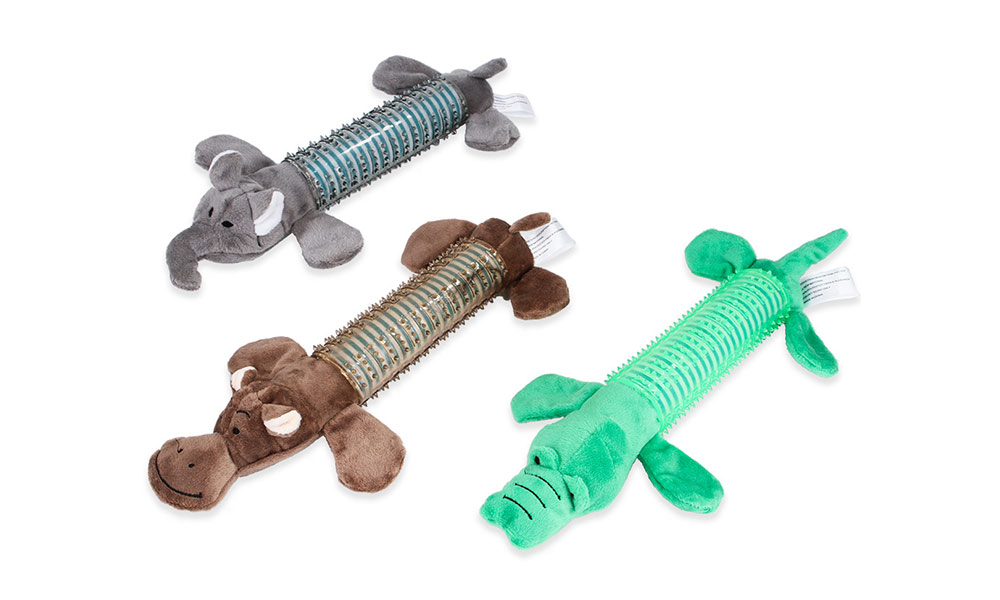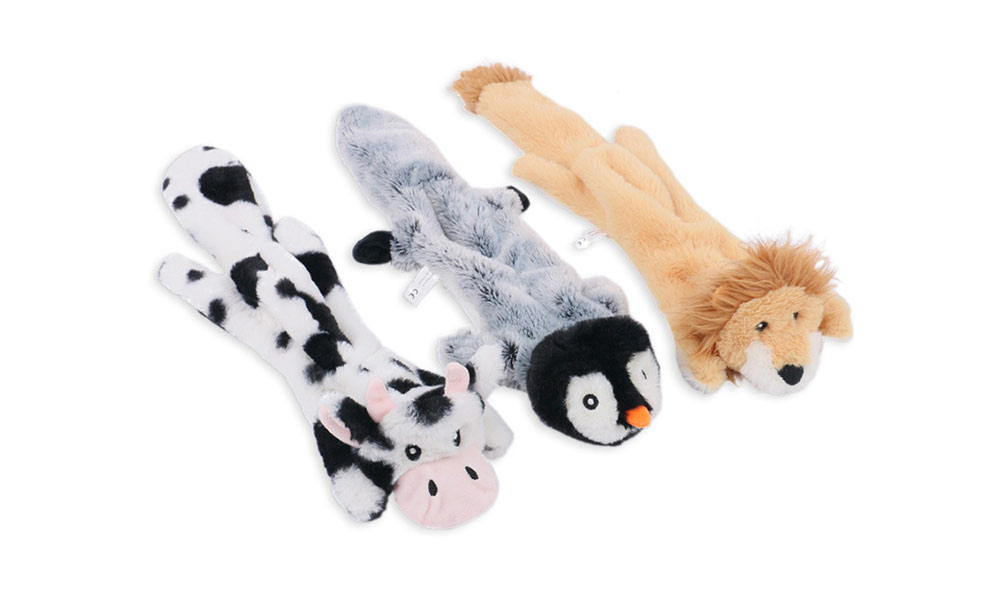ADVERTORIAL


-

Looking for a safe and effective way to train your dog and modify their behavior? READ MORE -

Why Are People Snapping Up These No Stuffing Plush Dog Toys? BUY NOW -

The Mess-Free Dog Toy That’s Safer for Heavy Chewers BUY NOW
10 Parent-Approved Toys That Turn Playtime Into Learning—Without Adding More Screen Time
Screen time can be purposeful, play can be educational, and learning can feel like magic—if you pick the right tools. We combed through hundreds of options and talked with teachers, child-development specialists, and a whole lot of parents to find the rare toys kids actually keep coming back to.

September 3rd, 2025, Chicago, Illinois

As a former classroom teacher turned learning specialist, I love when a toy earns its spot in a child’s daily routine. The best ones do three things at once: spark curiosity, invite movement or creativity, and quietly build skills—without kids noticing they’re “learning.” The ten picks below hit that sweet spot for different ages and interests, from sensory seekers to budding coders. Each pick includes why kids love it, how it supports development, and a quick way to grab it while the deals last.
#1 — Giant Jelly Balloon Ball

This wildly stretchy “balloon-meets-bubble” turns living rooms and backyards into instant play zones. Kids squeeze it, sit on it, bop it across the room, and chase it outside without the usual thud of a heavy ball (or the tears that follow when something breaks). The soft, jelly-like material invites constant tactile exploration—fantastic for sensory seekers who calm through touch and pressure. Parents tell us it’s the one toy cousins and siblings of different ages agree on.
Why it works: the oversized, squishable form gives big visual rewards for small effort, encouraging cooperative play, turn-taking, and gross-motor movement. It’s also easy to deflate and stash between playdates. If you’ve got a kid who bounces off the walls after school, this channels that energy into giggles, not chaos.
#2 — AI-Powered STEM Learning & Playing Robot

Meet the friendly bot that grows with your child. Start with simple voice commands and movement patterns, then graduate to drag-and-drop coding challenges and logic puzzles. The robot reacts with lights, sounds, and personality—rewarding experimentation while nudging kids to predict outcomes and debug (without the frustration that sinks many early coding kits).
Why it works: scaffolded challenges keep kids in the “I can do this!” zone. The immediate feedback loop builds persistence, and the playful persona transforms problem-solving into a game. If you’ve wanted to spark STEM confidence without screens dominating the room, this is a smart bridge.
#3 — Kids Walkie Talkie 3-Piece Set

Nothing beats the thrill of hearing a sibling’s voice crackle through a handset from the backyard fort. This three-pack supports imaginative missions (“base to explorer!”), hide-and-seek strategy, and practical communication on hikes or at the park. Clear audio and simple controls make it accessible for younger kids while still cool enough for older ones to join in.
Why it works: walkies encourage role-play, planning, and outdoor time—plus they’re one of the easiest ways to get mixed-age groups playing together. Parents love the independence boost and the way kids naturally practice concise speaking and listening.
#4 — The Original Miniscope

Curiosity explodes the moment kids realize the ordinary is secretly extraordinary. Leaves, fabric, a cookie crumb—everything becomes an expedition under this portable microscope. It’s light, tough, and designed for small hands, so kids can investigate on the couch, at the picnic table, or during a nature walk.
Why it works: immediate “wow” moments hook attention, then sustain it with purposeful looking and describing—key scientific habits. If you’re trying to nudge a child from “that’s cool” to “why does that happen?”, this is your shortcut.
#5 — Interactive VR Headset for Kids

Think of this as a curated portal to dinosaurs, spacewalks, and museum tours—without the ad-laden rabbit holes. Kid-friendly fit, adjustable lenses, and content designed for younger eyes make this a safer way to dabble in immersive learning. Short, guided experiences translate into rich dinner-table conversations.
Why it works: it pairs big “field trip” feelings with bite-sized sessions, so kids stay excited but not overstimulated. The balance of movement, storytelling, and facts keeps both art-minds and science-minds engaged.
#6 — LittleLens Kids Camera

Hand a child a real camera and watch their world expand. LittleLens is drop-friendly and intuitive, with fun frames and simple video capture so kids can tell stories from their perspective—pets become movie stars, grandparents become interviewees, and backyard bugs get the documentary treatment.
Why it works: authentic tools unlock authentic effort. Kids plan shots, practice steadiness, and edit choices (“this one, not that one”), sneaking in executive-function skills under the banner of play.
#7 — Kids Multi-Purpose Smartwatch

Steps, timer, camera, light games, and kid-appropriate “I’m on my way!” pings—this smartwatch gives children small responsibilities they love while keeping grown-ups in the loop. It’s durable for playground life and simple enough to avoid the distraction spiral of adult devices.
Why it works: micro-goals (“hit 2,000 steps!”) build confidence, while timers help with routines like toothbrushing and homework breaks. It’s structure, disguised as cool.
#8 — Custom Name Montessori Wooden Board

Personalization is powerful. When a child traces, sorts, and places pieces that spell their own name, attention skyrockets and practice sticks. This beautifully finished wooden set invites quiet focus, builds hand strength for early writing, and looks lovely on a shelf.
Why it works: Montessori-style materials are self-correcting—kids can see and feel when something’s “off,” so they adjust without adult rescue. That autonomy fuels longer, calmer play sessions.
#9 — Galaxy Lights Flying Magic Orb

This light-up hover orb zips, dips, and boomerangs back like a friendly firefly. Kids intuitively experiment with angle, force, and spin to change its flight path—sneaking physics into the living room and backyard at the speed of laughter.
Why it works: the fast feedback loop keeps hands busy and brains curious. It’s a fantastic movement break between homework pages or during long indoor days.
#10 — Robby the Robot: Interactive Toy

Robby chats, tells silly jokes, plays memory games, and guides kids through bite-sized learning prompts. The conversational feel makes practicing recall, sequencing, and vocabulary less like homework and more like hanging out with a quirky friend.
Why it works: responsive interaction increases attention and retention. For reluctant readers or shy speakers, Robby can be the low-pressure partner that unlocks practice.
